The last two years have not been easy for travellers like us. The emergence of COVID-19 in late 2019 – or, for the majority of us outside Wuhan, in early 2020 – followed by a seemingly endless number of variants, have led to an endless stream of rescheduled flights and cancelled hotels. Yet for all these challenges, the intrepid team at World Words still found some ways to get out and explore, whether it was by seeing the sights closer to home, by taking advantage of brief travel windows, or even by basing themselves in a new location before restrictions took hold.
We wrote about some of our adventures during the last two pandemic-hit years for the Our Travels section of our blog. Now, to mark the beginning of a brand new year (and in the hope of a less restricted 2022) we’ve collated five of our favourite blog posts here. You can scroll down to read extracts or follow the links to read the full posts…
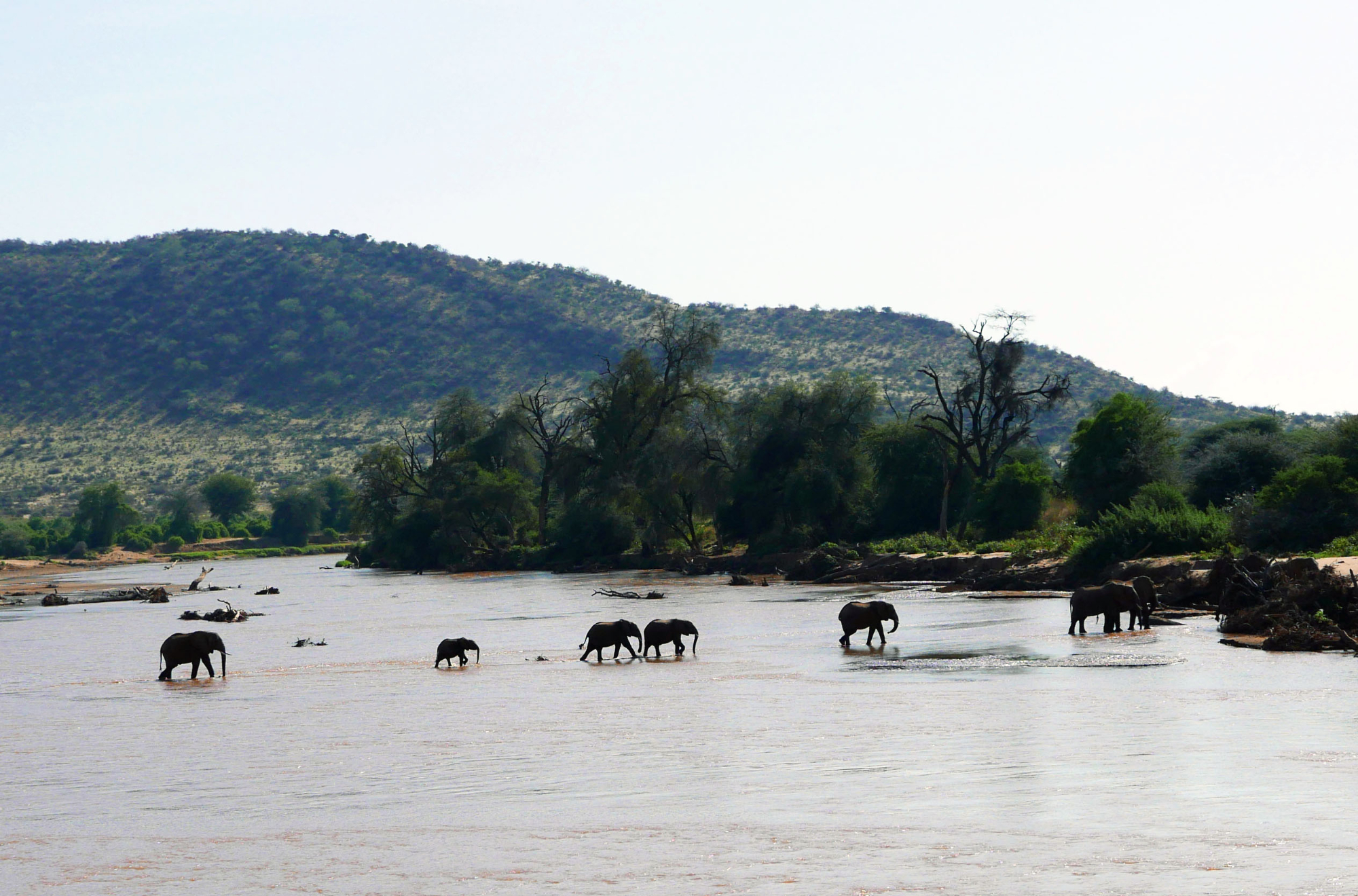
A herd of elephants cross the slow-moving Ewasu Ngiru River that runs through Samburu.
OUR TRAVELS: SAMBURU RESERVE, KENYA
Why I went to Samburu Reserve
My wife and I have always talked about going on safari. We’ve been lucky enough to have some amazing wildlife experiences everywhere from Sri Lanka to Costa Rica, but we always knew there was something uniquely special about an African safari… and we couldn’t resist the call of the continent any longer. While our usual preference is to travel independently (and we briefly considered hiring an SUV and driving ourselves), we realised we’d be far better off making the most of a local driver’s keen eyes and insider knowledge. So we booked an organised tour.
Our seven-day Kenya itinerary visited several of the country’s most famous national parks, including Lake Nakuru and Masai Mara. But it was the two days we spent in the Samburu National Reserve that sold us on safaris forever.
My highlight of the trip
One word: cheetahs. While we saw plenty of incredible big cats during the safari, including lions and leopards, the undoubted highlight was stumbling across a coalition (great collective noun!) of four cheetahs, who had just killed an impala and were starting to devour it. We sat there in our vehicle, no more than 10 metres away, and watched as they systematically relieved the antelope of its flesh. You could see the cheetahs’ stomachs expand with each mouthful. Despite taking regular breaks to catch their breath, the impala was stripped to the bone within an hour.
When we returned to the site the next morning, the carcass was nowhere to be seen. However, we saw a solitary striped hyena prowling nearby and licking its lips contentedly, so we have a fairly good idea what happened to it.
Click here to continue reading
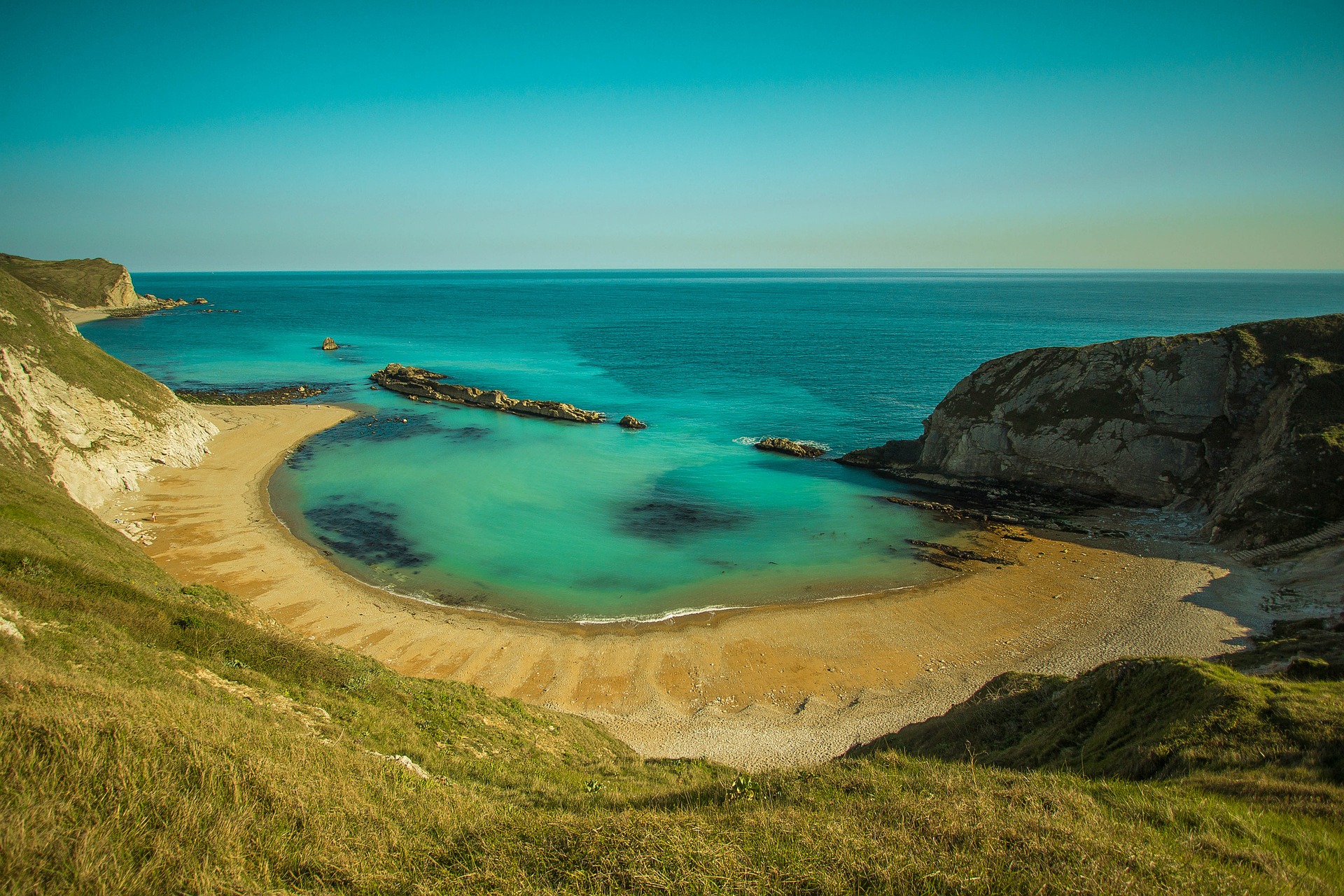
The crescent-shaped beach of Lulworth Cove, just one of many Jurassic Coast stretches of sand.
OUR TRAVELS: JURASSIC COAST, ENGLAND
Why I went to the Jurassic Coast
I was looking for an affordable destination by the sea where I could relax and get back to nature. I had heard that the Jurassic Coast had excellent beaches and hiking trails, which was enough to entice me. The fact the coastline was 200 million years old, and was once a huge tropical sea, was really the cherry on the cake. I started reading captivating stories about how people had uncovered entire dinosaur skeletons on the beach. Suitably intrigued, and with the fanciful idea of hunting for fossils and dinosaurs myself, I arranged a three-week trip to the region.
My highlight of the trip
If I have to pick one highlight from my travels along the Jurassic Coast, it was the four-mile walk alone along the South West Coast Path from Lulworth Cove. This stretch of coastline dates back hundreds of millions of years, and you have the sense that you’re walking on ancient land, especially with the astonishing sight of dramatic grey and white mottled cliffs. I climbed up Bindon Hill, a 170-metre-high, vertigo-inducing hill. Below, the yachts moored in the bay looked tiny, and the sea was a brilliant turquoise blue. I felt as though I was hiking in Greece. Feeling the sun on my face, I was reminded that all I need to be happy is fresh air, sunlight, water and beautiful surroundings.
Click here to continue reading
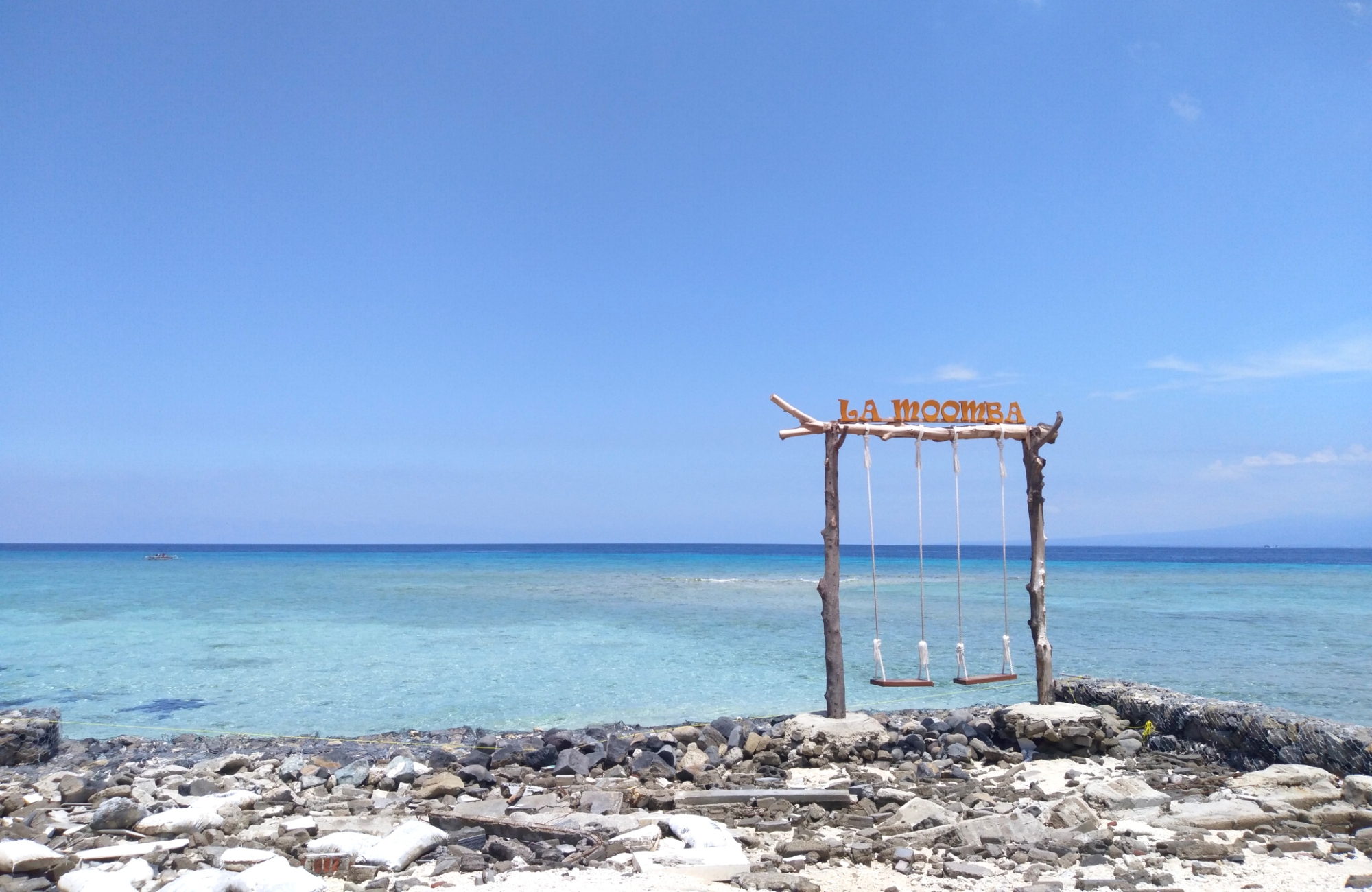
Beachfront restaurants on the Gili Islands offer swings for scenic drinking and dining.
OUR TRAVELS: GILI ISLANDS, INDONESIA
Why I went to the Gili Islands
While it’s certainly not a hardship to live and write in Bali, as I’d been doing for a couple of months, it was time to give my brain a break and launch into nothing but fun, relaxation and adventure. From the mainland, it’s less than a two-hour fast boat trip to the Gili Islands, and this car-free land of pure indulgence had been calling my name for years. It was time to heed the call. With my visiting brother and uncle in tow, we chanted for good weather in the rainy season and crossed the Lombok Strait beneath bright, sunny skies.
My highlight of the trip
As the largest of the three Gili Islands, and the one with the most pubs for my beer-loving Aussie relatives, we chose to stay on Trawangan, known affectionately as Gili T. To get around the island, visitors need to walk or cycle everywhere, as there’s no motorised transport (though if you’re feeling tired, there are horse-drawn carriages). I haven’t relinquished the thrill of riding a bike since I was a kid, so this was probably the thing I enjoyed most of all.
After breakfast each morning, overlooking water that’s almost impossibly perfect, we hopped on our trusty bikes and, without fail, gathered friends along the way. You can ride almost entirely around the coast, or cross inland through local villages and fields of palm trees. The stops along the way include snorkelling with turtles straight from the beach, eating nasi goreng from picturesque swings at beachfront restaurants, and popping in for a drink at the swim-up bars of swanky hotels. What more could you possibly desire?
Click here to continue reading
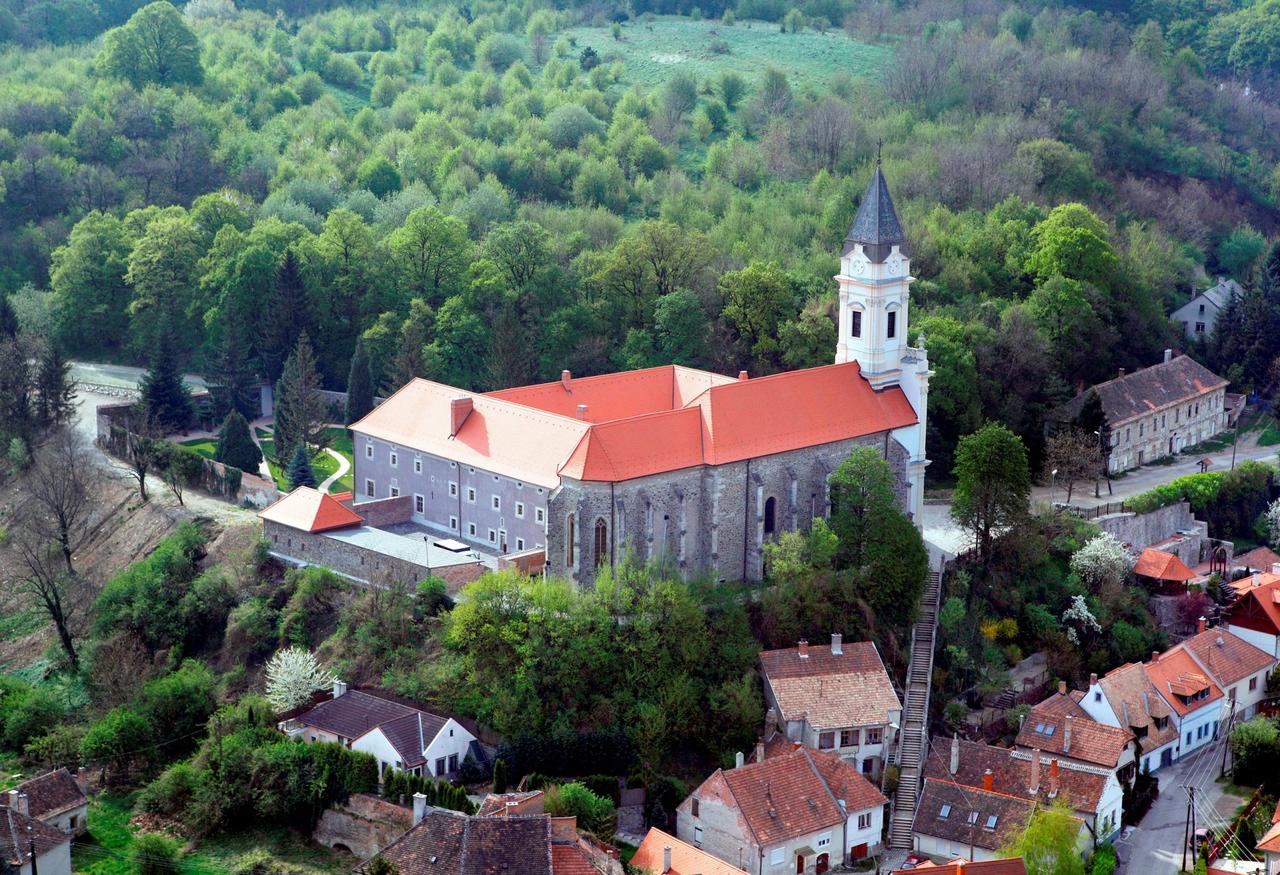
A sweeping view of Sopron’s Pauline-Carmelite Monastery, now a one-of-a-kind hotel and restaurant.
OUR TRAVELS: SOPRON, HUNGARY
Why I went to Sopron
Last summer, I was commissioned to work on updating two Fodor’s Travel guidebooks: ‘Vienna and the Best of Austria’ and ‘Budapest and Highlights of Hungary’. I’d be writing about day trips from both Vienna and Budapest, and with Sopron located close to the Austria-Hungary border (en route between the two capitals), it was a prime candidate for inclusion in both. So after six jam-packed weeks of exploring, I ended my research trip in Sopron.
My highlight of the trip
It didn’t take me long to fall in love with the city – and a big part of the initial attraction was my accommodation. I was lucky enough to stay in the Pauline-Carmelite Monastery of Sopronbanfalva, a converted 12th-century priory on the outskirts on the city, and it was unlike anywhere I’d stayed before. Guests are accommodated in the simple but comfortable monk’s cells and can wander freely throughout the complex, from the magnificent abbey church to the curated monastic gardens – there’s even a free audio-guide available in several languages. Best of all is the renowned refectory restaurant, an elegant fresco-filled dining room that serves some of Sopron’s finest food.
Click here to continue reading
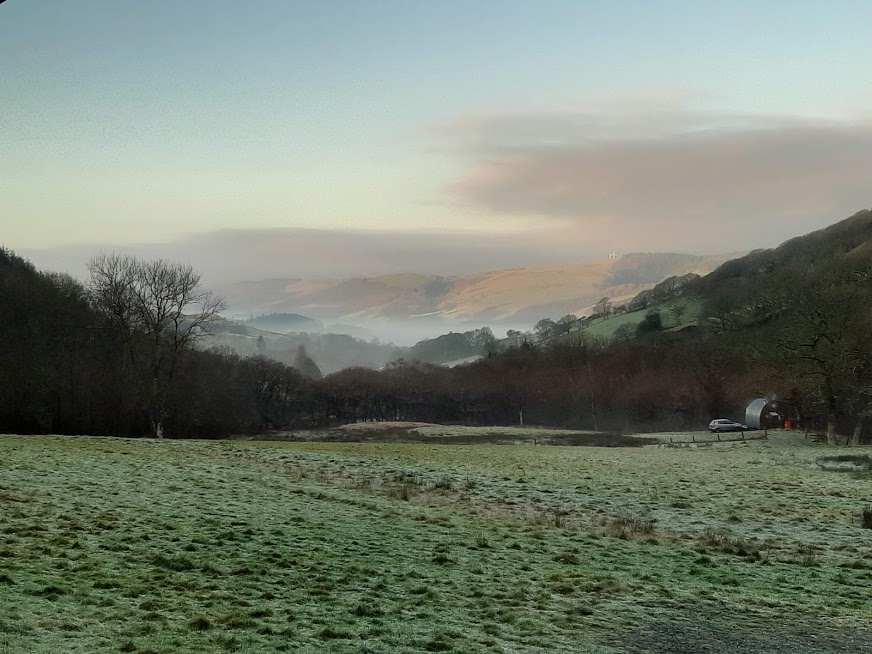
A crisp, misty morning looking down the valley from a cosy glamping pod in the heart of Snowdonia National Park.
OUR TRAVELS: SNOWDONIA, WALES
Why I went to Snowdonia
My family and I headed to Snowdonia National Park in Wales for a wild week of glamping, campfires and dramatic scenery. A winter adventure seemed like the perfect choice, with few crowds and lots of roaring log fires awaiting us. While the days are short, and the weather can be feisty, we wanted to embrace the region in all its wintry glory.
My highlight of the trip
With a four year old in tow, tackling the indomitable Mount Snowdon was off the cards, so we spent a wonderful day exploring the southern reaches of the park. We began at the Mach Loop, a series of dramatic, narrow valleys used by the RAF as a low flying training area – here fighter planes soar seemingly inches overhead. In the valley below, the beautiful glacial lake of Tal-y-llyn glimmers under the looming, 893-metre-high Penygader Mountain.
Our final stop on the first day was the remote ruins of Castell y Bere, built by Llywelyn the Great in the 1220s. We surveyed the jaw-dropping scenery from a lofty point as we sipped hot soup and channeled our inner warlords.
Click here to continue reading
Looking for more travel inspiration? Check out the Our Travel archives. You can also read plenty of motivating travel articles, blogs and web copy written for our clients on our projects page. Oh, and we’re also on Twitter.
